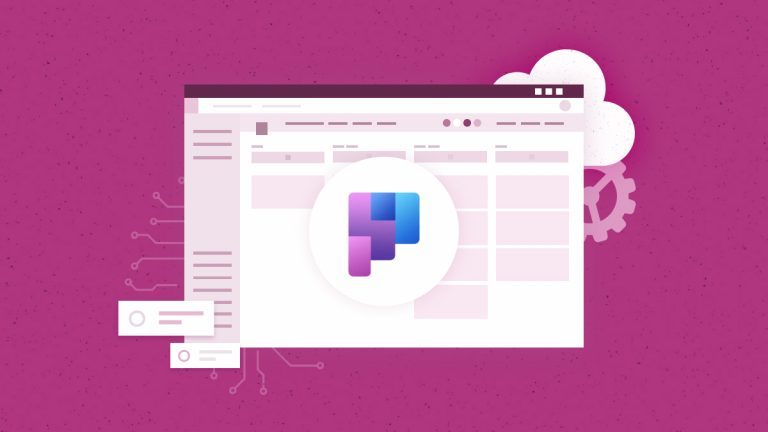
Peter Taylor
VP Global PMO
Keynote speaker and coach Peter is the author of the number 1 bestselling project management book ‘The Lazy Project Manager,’ along with many other books.
He has built and led some of the largest PMOs in the world with organizations such as Siemens, IBM, UKG, and now Dayforce, where he is the VP Global PMO.
He has also delivered over 500 lectures worldwide in 26 countries and has been described as ‘perhaps the most entertaining and inspiring speaker in the project management world today.’
What is project complexity?
It’s all about the difficulty in managing and delivering a project, which comes from a mix of uncertainties, dependencies, and the sheer number of moving parts involved. The more elements interact unpredictably, the harder it becomes to manage, execute, and control everything smoothly.
In addition, the realities of an ever-increasing portfolio of project-based activity within an organization and complexity are swiftly achieved.
This is where the ‘Lazy Project Manager’ approach comes in. It’s not about doing less; it’s about working smarter, not harder. That is putting effort where it matters most and letting go of unnecessary ‘busywork.’
Managing complexity doesn’t mean getting lost in chaos, but finding ways to simplify and stay in control without crashing and burning. As such, plan your project management strategies to apply this rule consistently.
The increasing complexity of modern projects
Some projects are relatively straightforward, but things naturally get more complicated when you start dealing with increased project scopes, ever-shifting objectives, or multiple stakeholders (all, no doubt, with conflicting interests).
Add to that a range of interdependent tasks, with a landscape of evolving technology and rising compliance demands. Throw in virtual, geographically dispersed teams and fast-changing business strategies, and you have a complex world.
Complexity in project management is the norm these days.
So, how do you address this world of complex project management?
Effective project management strategies
Simplifying projects, and thereby the full portfolio of projects, improves project efficiency and outcomes by reducing complexity, minimizing unnecessary tasks, and focusing on what truly matters.
When a project is effectively streamlined, team members spend less time grappling with inflexible processes and more time delivering value.
Clearer priorities with fewer distractions help prevent delays, improve communication, and reduce team burnout. Simplification also makes it easier to identify risks early on, to adapt to inevitable project changes, and to maintain true stakeholder alignment.
Ultimately, a leaner-focused approach leads to faster execution and higher-quality results. Allowing for the successful application of efficient project management strategies.
Reduce complexity in project management
Start with an honest evaluation of the challenge you face with a project complexity assessment within your world.
This doesn’t have to be overly detailed or scientifically accurate. Still, it should gather some insight from colleagues and those impacted by the portfolio effort and grade it simply on a scale from low to high. You at least have a starting point to work toward and a goal to work toward.
Once you have your rough scale, identify and begin to eliminate unnecessary complexity by recognizing familiar sources, such as excessive processes and unclear requirements. Streamlining project workflows can significantly improve efficiency and reduce frustration. Of course, this won’t be a ‘one-and-done’ activity; it will take some time to make progress.
Six areas to reduce complexity today
- Simplify communication and collaboration by avoiding information overload through clear, concise, and structured messaging. Developing a planned and structured communication model applied and used by all is hugely beneficial.
- Get open and get visual. Use project management tools to enhance transparency. Reduce unnecessary meetings by maximizing productivity with asynchronous updates. Cut to the minimal practical core at all times. Less is more in this instance.
- Take advantage of the growth in AI-driven project management tools, automating repetitive tasks to free up time for project management strategy.
- Avoid micromanagement by empowering teams to make decisions whilst implementing a ‘just enough’ governance model to maintain optimal control without unnecessary bureaucracy. Even less is even more in this case.
- Manage stakeholder expectations effectively by setting clear boundaries and realistic goals, and utilizing your sponsorship leaders to make rapid, effective decisions as needed when any portfolio conflicts arise. Engage stakeholders in a structured and efficient manner to always ensure alignment and commitment.
- Complexity, from systems to processes, can be improved relatively easily and objectively. Complexity in human-to-human interaction is a more challenging issue, but clear frameworks, roles, and responsibility models help.
Prioritize and focus on high-impact activities by applying the 80/20 rule to identify tasks that drive the most value. You are progressing toward a reduced complexity place and regularly tracking your progress against your original assessment.
Conclusion
Project complexity arises from uncertainties, multiple dependencies, and the increasing number of interconnected elements, making the management and execution of projects ever more challenging.
As organizations expand their portfolios of such project-based activities, complexity increases, making it harder to maintain effective control.
A more innovative way to navigate this complexity is by focusing effort where it truly matters and eliminating all unnecessary work by applying a more flexible approach, being adaptive and responsive to changes, rather than a traditional, rigid style.
Take advantage of the rise of artificial intelligence technology to optimize and automate key elements of project work, while applying your efforts to high-impact activities.
A more simplified and optimized approach leads to better decision-making, increased productivity, and more successful project outcomes.
Download whitepaper
to learn more about data protection for project management

























